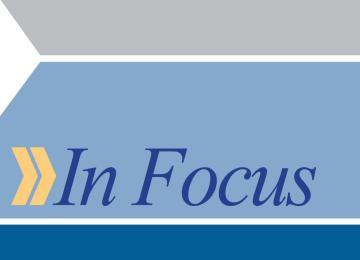The latest resolution adopted by the Board of Governors of the International Atomic Energy Agency (IAEA) marks a significant political moment in Iran’s nuclear trajectory, even though its language…
Our View
- Our-View
Privatization is intended to be a bridge between a state seeking greater efficiency and a private sector seeking profitable opportunities. But in Iran’s current climate of economic and political…
Our-ViewIn recent years, Iran’s foreign exchange market has become a symbol of macroeconomic instability. Frequent currency fluctuations, multiple exchange rates, and a widening gap between official and…
Our-ViewMany failed economic policies are not the result of poor design or weak implementation, but of a deeper disconnect—between economic reasoning and political logic. In Iran, as in many other…
Our-ViewIn today’s Iran, both sides of the economic equation feel trapped. Workers complain that with current wages, labor no longer pays off. Employers, on the other hand, find hiring increasingly…
Our-ViewFor decades, Iran has alternated between brief periods of calm and long stretches of macroeconomic instability. Except for the 1960s, no era has been free from high inflation, fiscal imbalance and…
Our-ViewThe International Monetary Fund’s latest World Economic Outlook, published in October, paints a far darker picture of global growth than it did a year ago. Whereas forecasts for 2025 were once…
Our-ViewRussia’s recent actions—sending drones into NATO airspace and violating Estonia’s skies—signal a new escalation in its long-term hybrid war against Europe. Following the failed Trump-Putin summit…
Our-View









